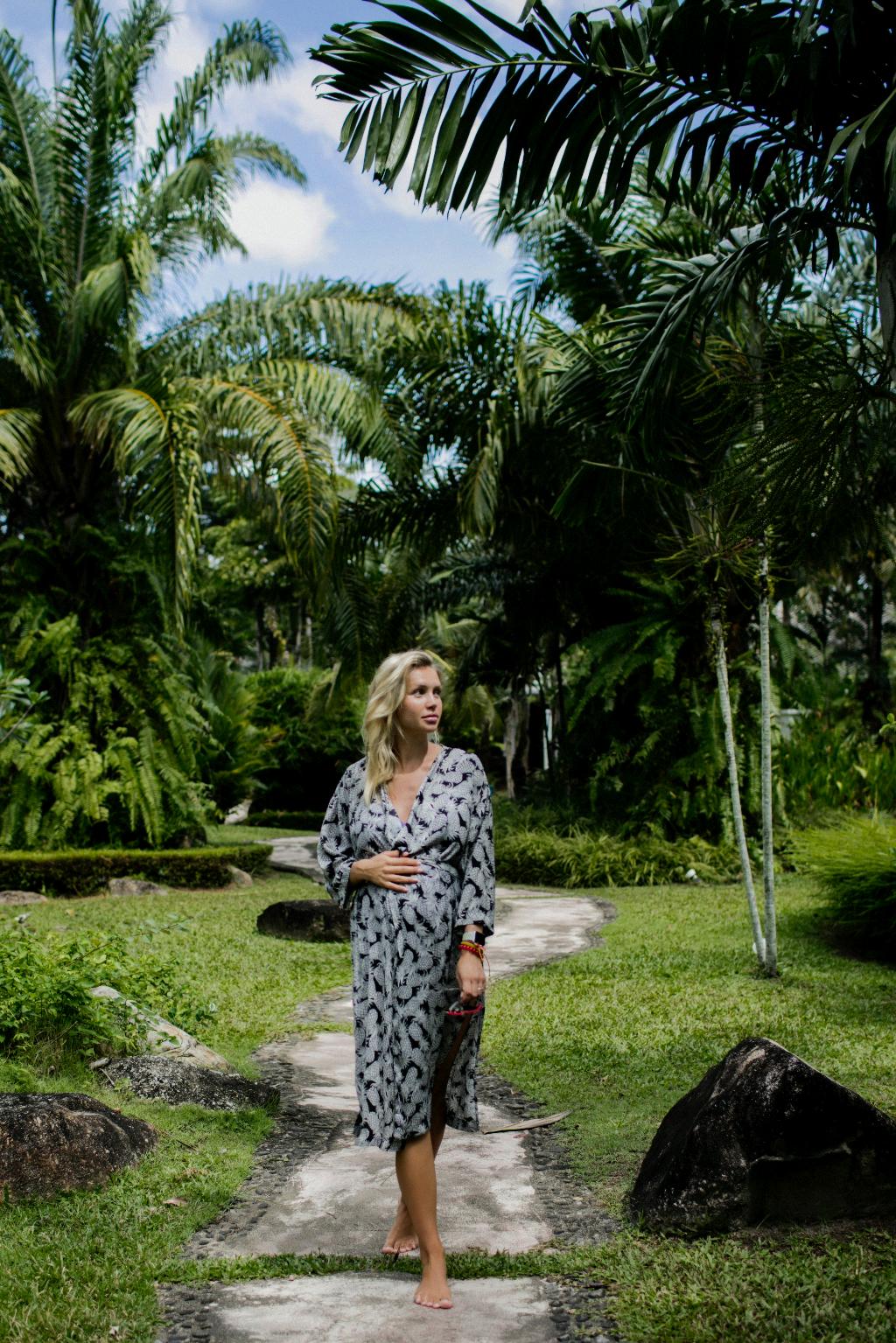Deer reproduction is a fascinating process that involves specific mating behaviors and a rather lengthy gestation period. A common question among wildlife enthusiasts and hunters alike is, “How many months is a deer pregnant?” Let’s delve into the details to shed light on this intriguing aspect of deer biology.
Deer Mating Season and Gestation Period
Deer mating season, also known as the rut, typically occurs from September to November in many regions. During this time, male deer, known as bucks, engage in aggressive behaviors to establish dominance and attract females, known as does. The peak of the breeding season usually takes place in October, when mating activity is at its highest.
The Length of Deer Gestation
Once a female deer becomes pregnant, she will undergo a gestation period that lasts approximately seven and a half months. This extended period allows for the development of the fetus inside the doe’s womb before birth. The process of gestation is crucial for ensuring the health and survival of the upcoming fawn.
Factors Affecting Deer Reproduction
Several factors can influence deer reproduction and the success of the breeding season. Environmental conditions, such as food availability and habitat quality, play a significant role in determining the timing and success of mating activities. Additionally, the age and health of the deer can impact their reproductive capabilities.
The Significance of Fawning Season
Following the completion of the gestation period, deer enter the fawning season, during which does give birth to their offspring. The timing of fawning varies depending on the region and environmental conditions, but it typically occurs in late spring or early summer, allowing the fawn to develop during favorable weather conditions.
Deer Reproductive Behavior
Understanding deer reproductive behavior can provide valuable insights into their mating rituals and breeding habits. Studying the rutting behavior of bucks and the receptive behaviors of does sheds light on the intricate dynamics of deer reproduction and the importance of timing and synchronization during the breeding season.
Implications for Wildlife Management
Wildlife management efforts often take into account the reproductive patterns of deer to ensure sustainable populations and healthy ecosystems. By monitoring deer mating activities and fawning success rates, wildlife biologists can assess the overall health and reproductive success of deer populations in a given area.
Conservation Challenges and Solutions
Conservationists face various challenges when it comes to preserving deer populations and their reproductive capacities. Habitat loss, hunting pressures, and climate change can all impact deer reproduction and population dynamics. Implementing conservation strategies that protect deer habitats and regulate hunting practices is essential for ensuring the long-term survival of these iconic animals.
Ecological Significance of Deer Reproduction
Deer play a crucial role in shaping ecosystems through their browsing activities, seed dispersal, and interactions with other wildlife species. By maintaining healthy deer populations with successful reproductive rates, ecosystem balance can be preserved, supporting biodiversity and ecological stability in natural habitats.
Human-Deer Interactions
Humans have a complex relationship with deer, ranging from admiration and recreation to conflict and management challenges. Understanding the reproductive biology of deer allows for more informed decision-making regarding deer management, conservation efforts, and wildlife-human interactions in both urban and rural landscapes.
Conclusion
In conclusion, the gestation period of a deer lasts approximately seven and a half months, following a period of mating activities during the rutting season. By studying deer reproduction and understanding the factors that influence breeding success, we can gain valuable insights into the intricate dynamics of wildlife biology and the interconnectedness of deer with their environments.

